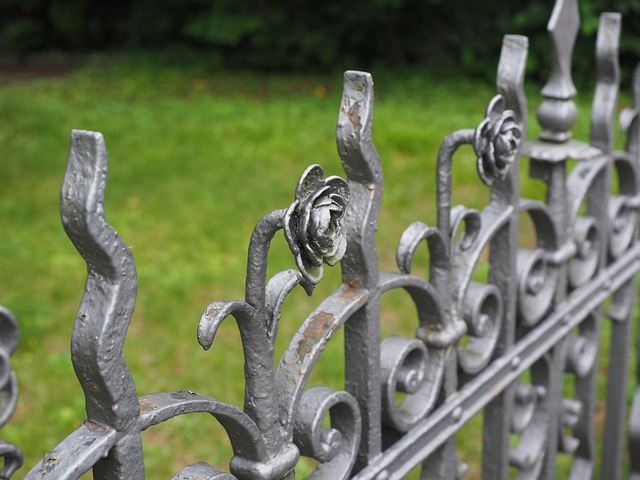Coastal areas present unique challenges when it comes to fencing due to harsh weather conditions and exposure to salt water. Durable wooden fencing offers an attractive and sustainable solution. This article explores these challenges, highlighting the advantages of long-lasting wood fencing, guiding you in selecting the ideal tree species, and providing essential maintenance tips to ensure longevity. By the end, you’ll be equipped to make informed decisions for your coastal fence needs.
- Understanding Coastal Fencing Challenges
- Advantages of Durable Wooden Fencing
- Choosing the Right Wood Species
- Maintenance and Longevity Strategies
Understanding Coastal Fencing Challenges
Coastal areas present unique challenges when it comes to fencing due to harsh weather conditions, including strong winds, salt mist, and regular exposure to moisture. Traditional fencing materials may not hold up well against these elements, leading to frequent repairs or replacements. The primary concern is creating a durable barrier that can withstand the relentless coastal environment while maintaining its aesthetic appeal.
Wooden fences, in particular, require specialized care to thrive in such settings. Regular treatment with weather-resistant preservatives and coatings becomes essential to protect the wood from rot and insect damage. Proper installation techniques, including elevated posts and adequate spacing, are crucial to ensure stability against high winds. By understanding these challenges, homeowners and contractors can make informed decisions when selecting fencing options for coastal properties, ensuring long-lasting beauty and functionality.
Advantages of Durable Wooden Fencing
Durable wooden fencing offers a range of benefits for coastal areas. One of its key advantages is aesthetics; wood provides a natural, classic look that complements both traditional and modern seaside homes. It seamlessly blends with the surrounding environment, enhancing curb appeal. Moreover, wood fencing can be customized with various stains and finishes to match any color palette or architectural style.
Another significant benefit is longevity. When treated for durability, wooden fences can withstand harsh coastal conditions like high winds, salt air, and regular exposure to moisture. This makes them a cost-effective option in the long run, as they require less frequent replacement or maintenance compared to other materials. Additionally, wood fencing provides privacy and security, creating designated outdoor spaces where homeowners can enjoy the peace and tranquility of their coastal abode.
Choosing the Right Wood Species
When selecting wood for coastal fencing, understanding the local climate and environmental conditions is key. Saltwater exposure, high humidity, and frequent storms can take a toll on any material. Choosing the right wood species is essential to ensure longevity and durability. Hardwoods like cedar and redwood are popular choices due to their natural resistance to rot and insects. These woods have dense grains that help repel water and prevent damage from salty air.
Considered highly durable, these species can withstand harsh coastal conditions for several decades with proper maintenance. Alternatively, treated wood options offer an affordable solution but may require more frequent upkeep. Treated with preservatives, these woods are ideal for areas exposed to high moisture levels and offer a longer lifespan compared to untreated varieties.
Maintenance and Longevity Strategies
Maintaining durable wooden fencing in coastal areas requires specific strategies to combat the harsh marine environment. Regular cleaning with a mild detergent and a soft brush helps remove salt buildup, which can accelerate wood decay. Applying a fresh coat of protective paint or sealant annually is crucial for shielding the fence from moisture and UV rays.
Longevity also depends on choosing the right wood species resistant to rot and insects. Treated timber options like pressure-treated cedar or redwood are excellent choices. Additionally, ensuring proper drainage around the fence and avoiding water accumulation can prevent rot and extend its life. Regular inspection for signs of damage or weakness is vital, allowing for prompt repairs before issues escalate.
